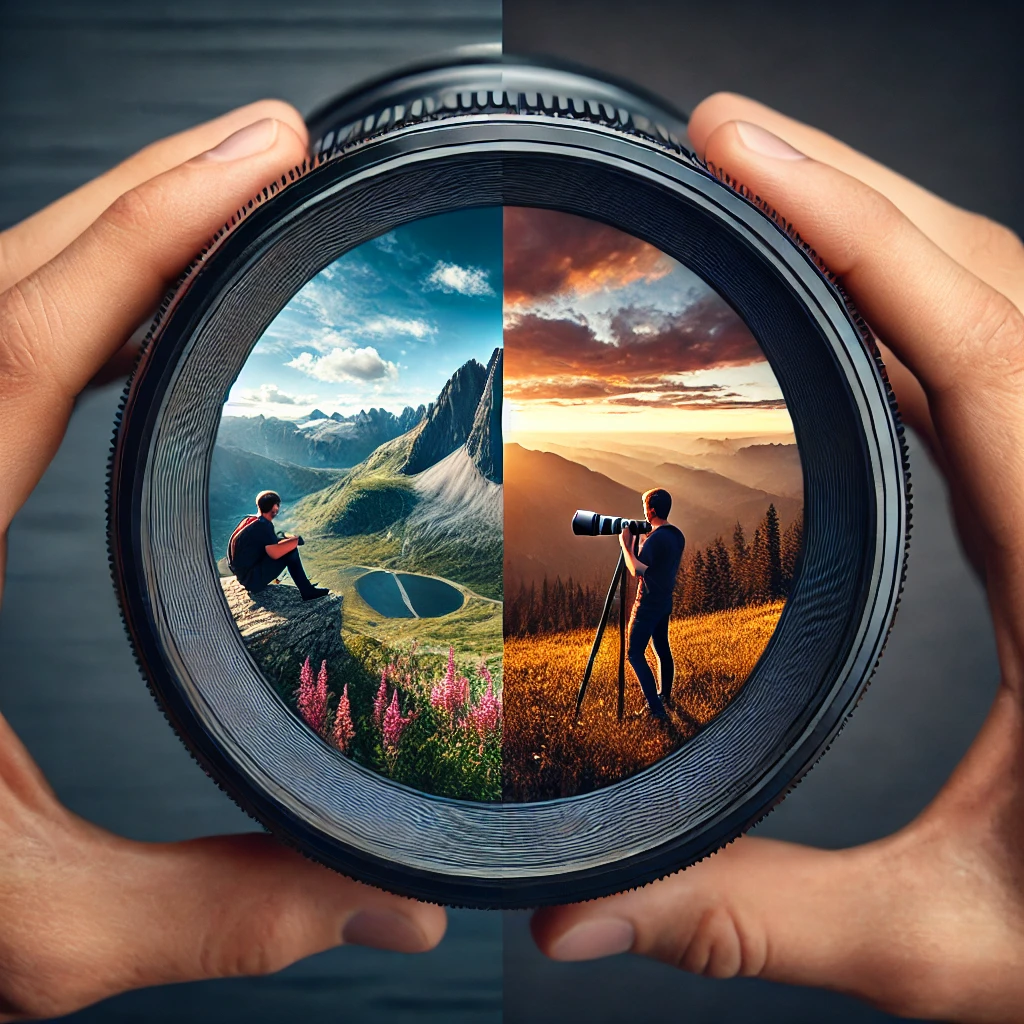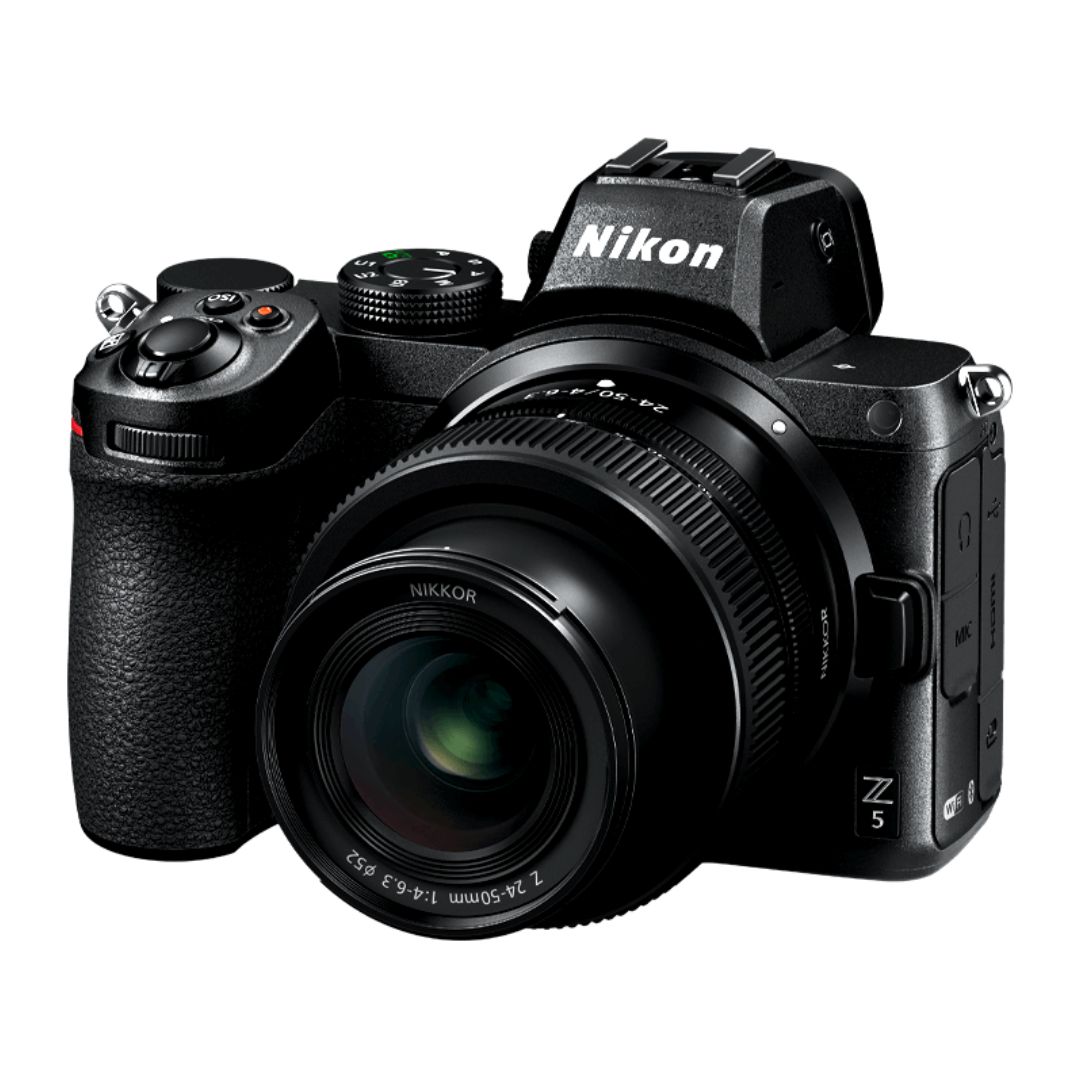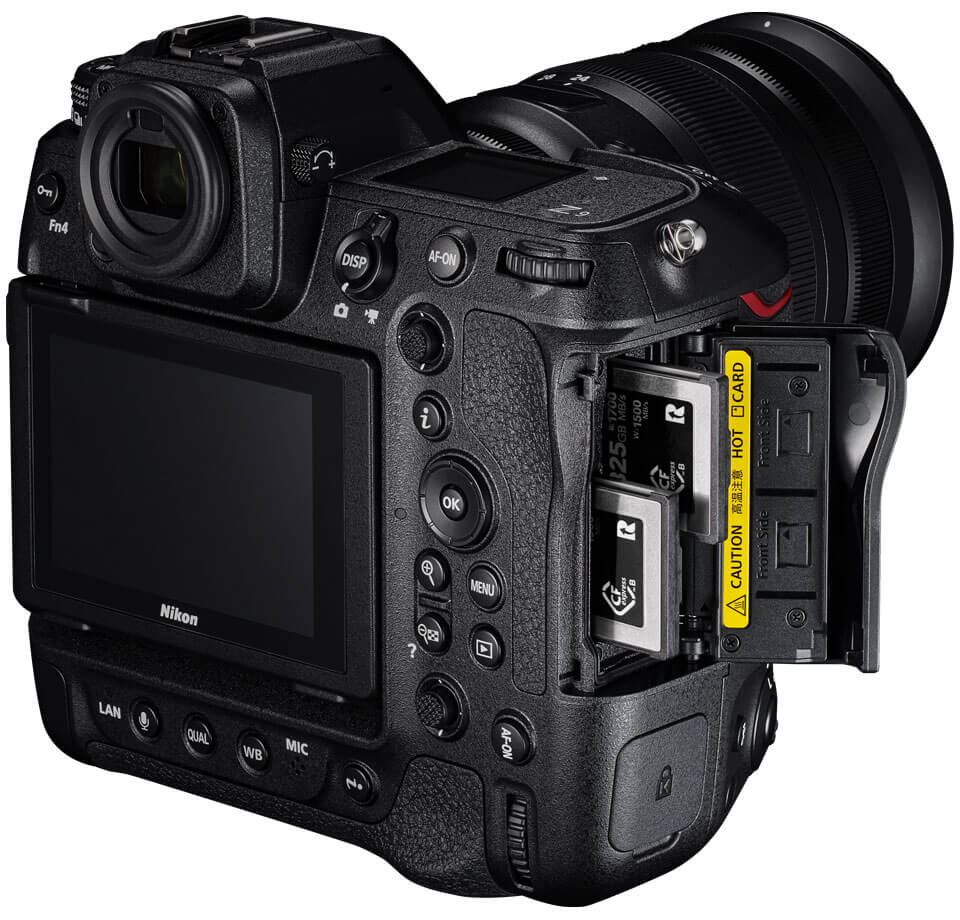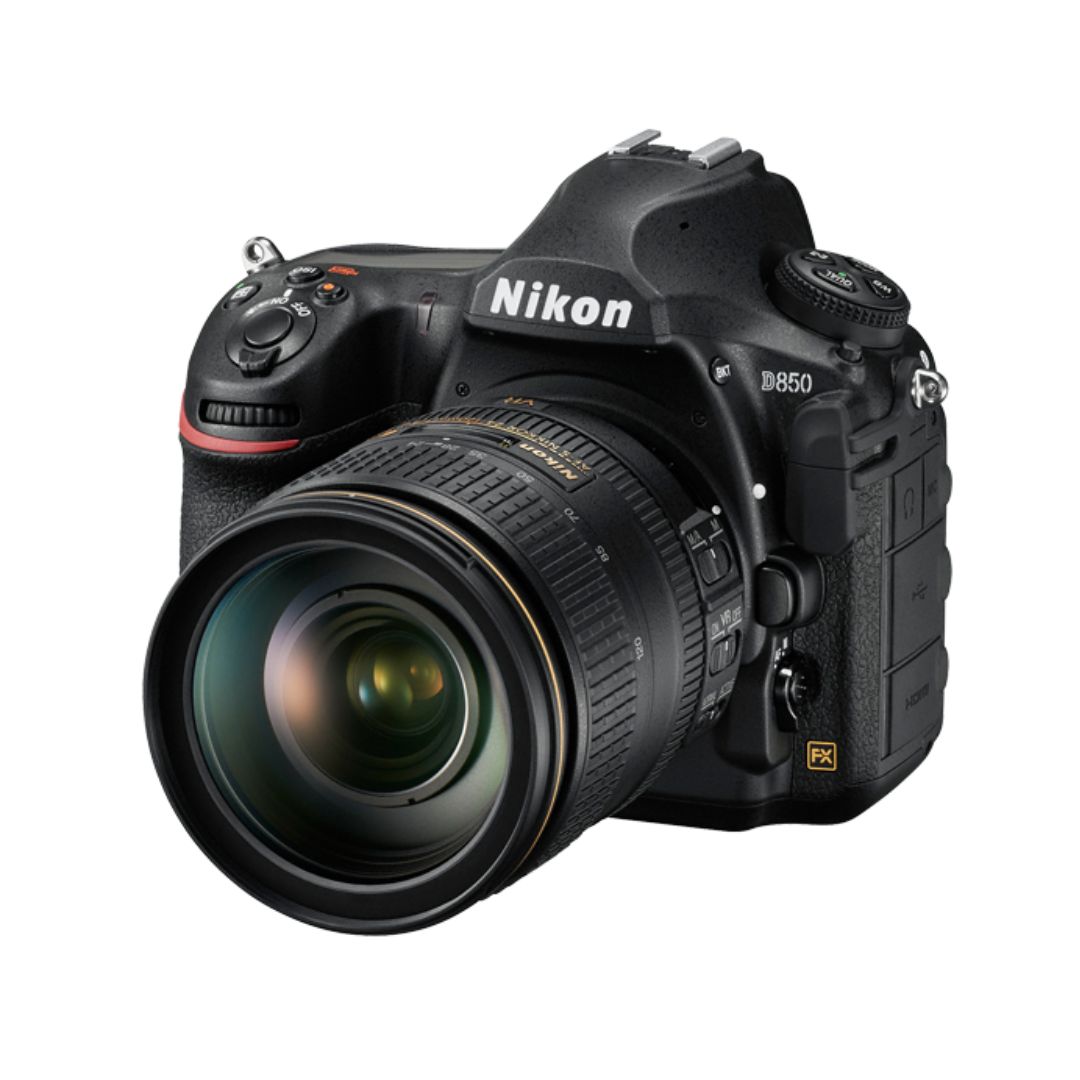When it comes to photography, selecting the right lens can make a significant difference in the final image. Two of the most commonly used types of lenses are wide-angle and telephoto lenses. Both serve distinct purposes and offer unique advantages depending on the scene and creative intent. Understanding the differences between wide-angle vs. telephoto lenses is essential for photographers at all levels.
In this comprehensive guide, we will explore the characteristics, use cases, advantages, and limitations of wide-angle vs. telephoto lenses, helping you decide which one suits your specific needs.
What is a Wide-Angle Lens?
A wide-angle lens is any lens with a focal length of 35mm or less on a full-frame camera. These lenses offer an expansive field of view, making them ideal for capturing vast scenes.
Characteristics of Wide-Angle Lenses
- Broad Field of View – Captures more of the scene in a single frame.
- Deep Depth of Field – Keeps both foreground and background elements sharp.
- Distortion at the Edges – Objects close to the lens may appear stretched or exaggerated.
- Emphasizes Foreground Elements – Makes nearby objects appear larger in relation to the background.
Best Uses for Wide-Angle Lenses
- Landscape Photography – Capturing vast natural scenes with depth.
- Architecture Photography – Highlighting large buildings and interiors.
- Street Photography – Providing dynamic perspectives in urban environments.
- Group Shots – Fitting multiple subjects into the frame without stepping back.
- Astrophotography – Capturing expansive night sky scenes.
What is a Telephoto Lens?
A telephoto lens is typically any lens with a focal length of 70mm or more. These lenses are designed to bring distant subjects closer and compress background elements.
Characteristics of Telephoto Lenses
- Narrow Field of View – Focuses on a smaller portion of the scene.
- Shallow Depth of Field – Creates a blurred background, isolating the subject.
- Compression Effect – Makes background elements appear closer together.
- Larger and Heavier – Often bulkier due to their complex optical construction.
Best Uses for Telephoto Lenses
- Wildlife Photography – Capturing animals from a safe distance.
- Sports Photography – Freezing action from the sidelines.
- Portrait Photography – Achieving flattering subject isolation.
- Event Photography – Zooming in on performances or ceremonies.
- Moon and Astrophotography – Bringing celestial objects into focus.
Wide-Angle vs. Telephoto: Key Differences
| Feature | Wide-Angle Lens | Telephoto Lens |
|---|---|---|
| Field of View | Wide, captures more scene | Narrow, isolates subjects |
| Depth of Field | Deep, keeps everything sharp | Shallow, blurs background |
| Distortion | May cause perspective distortion | Compresses background |
| Best For | Landscapes, interiors, groups | Wildlife, sports, portraits |
| Weight | Generally lightweight | Heavier and bulkier |
Image Perspective Comparison
- Wide-Angle: Objects in the foreground appear much larger, adding depth.
- Telephoto: Background appears closer, making subjects stand out distinctly.

When to Use a Wide-Angle Lens
You should choose a wide-angle lens when:
- You need to fit an expansive scene into the frame.
- You want to create a sense of depth with leading lines.
- You’re shooting in tight spaces, such as interiors or small streets.
- You need to capture environmental context around your subject.
Example Scenarios:
- Real estate photography – Showcasing spacious interiors.
- Travel photography – Capturing iconic landscapes and cityscapes.
- Underwater photography – Making close-up subjects appear larger.
When to Use a Telephoto Lens
You should choose a telephoto lens when:
- You need to zoom in on distant subjects.
- You want to isolate your subject from distractions.
- You need a shallow depth of field for artistic background blur.
- You require compression effects for an impactful composition.
Example Scenarios:
- Bird photography – Capturing detailed shots of flying birds.
- Concert photography – Zooming in on performers from a distance.
- Candid photography – Capturing subjects without intrusion.
Which Lens Should You Buy First?
If you’re just starting out, consider your photography style:
- For travel, landscapes, and architecture – A wide-angle lens is a must-have.
- For portraits, wildlife, and sports – A telephoto lens will be more beneficial.
- For versatility – A zoom lens with both wide-angle and telephoto capabilities offers flexibility.
Frequently Asked Questions (FAQ)
1. Can I use a wide-angle lens for portraits?
Yes, but wide-angle lenses can distort facial features, making them less ideal for traditional portraits.
2. Are telephoto lenses good for landscape photography?
Yes, telephoto lenses are excellent for compressing distant elements and isolating features within a landscape.
3. Do wide-angle lenses always cause distortion?
Not always, but at extreme angles and close distances, objects may appear stretched.
4. Are telephoto lenses better for beginners?
Not necessarily. Telephoto lenses require stable handling and proper focus techniques to avoid motion blur.
5. Can I achieve bokeh with a wide-angle lens?
Bokeh is more challenging with wide-angle lenses due to their deep depth of field. Telephoto lenses are better for this effect.
Conclusion
Both wide-angle and telephoto lenses serve distinct purposes in photography. Understanding their strengths and limitations helps photographers make informed choices based on their creative goals. Whether you’re capturing breathtaking landscapes or zooming in on distant subjects, selecting the right lens will enhance your ability to tell compelling visual stories.
Book your cameras now with The Candid Shoot and create timeless memories today!

Sony Alpha a7 IV: The Ultimate Camera for Photography

Nikon Z5 Review: Is It Worth It?
-

Nikon Z9 : Game-Changer for Photography
-

Top Features of Nikon D850 That Make It Ideal for Portfolio Shoots
Sony Alpha a7 IV: The Ultimate Camera for Photography
Explore the Sony Alpha a7 IV in this complete 2025 review. Learn how its pro-level features, real-world performance, and hybrid flexibility make it the ultimate camera for photography across genres like portraits, weddings, travel, and commercial work. Table of Contents Section 1: Introduction – Why the Sony Alpha a7 IV Stands Out The Sony Alpha…
Nikon Z5 Review: Is It Worth It?
In 2025, photographers—whether hobbyists, content creators, or professionals—seek equipment that blends value, performance, and future-readiness. Enter the Nikon Z5, a full-frame mirrorless camera marketed as a gateway to high-end imaging without a flagship price tag. But how well does it hold up under real-world demands like studio shoots, weddings, landscape adventures, and lifestyle photography? In…
Nikon Z9 : Game-Changer for Photography
Discover why the Nikon Z9 is considered a true game-changer for photography. This in-depth Nikon Z9 review explores key features, real-world performance, and how it excels in professional photo shoots in 2025. Table of Contents 1. Introduction The photography world witnessed a significant shift with the launch of the Nikon Z9, a flagship mirrorless camera…
Top Features of Nikon D850 That Make It Ideal for Portfolio Shoots
Discover why the Nikon D850 is the ultimate DSLR for portfolio shoots. Explore its top features—from resolution and dynamic range to autofocus precision and workflow speed—that help photographers create stunning, high-impact images for professional portfolios. Whether you’re a portrait artist, fashion photographer, or visual storyteller, a portfolio shoot demands technical excellence, creative flexibility, and uncompromised…
Candid Moments with Canon EOS R10: Lightweight & Reliable
In the evolving world of mirrorless photography, the Canon EOS R10 stands out as a lightweight yet powerful camera tailored for real-life storytelling. Whether you’re photographing street scenes, family gatherings, weddings, or spontaneous portraits, capturing genuine emotion requires a responsive and discreet tool. This article dives deep into how the Canon EOS R10 excels in…
Bold Portraits with Canon EOS R5: Is It the Best for Work?
Studio photography has always demanded precision, artistry, and impeccable gear. As the expectations for commercial portraits, fashion campaigns, and editorial work continue to rise, the tools we use must evolve. Enter the Canon EOS R5, a camera that has stirred the professional waters with its impressive technical specs and forward-thinking design. In this comprehensive Canon…

